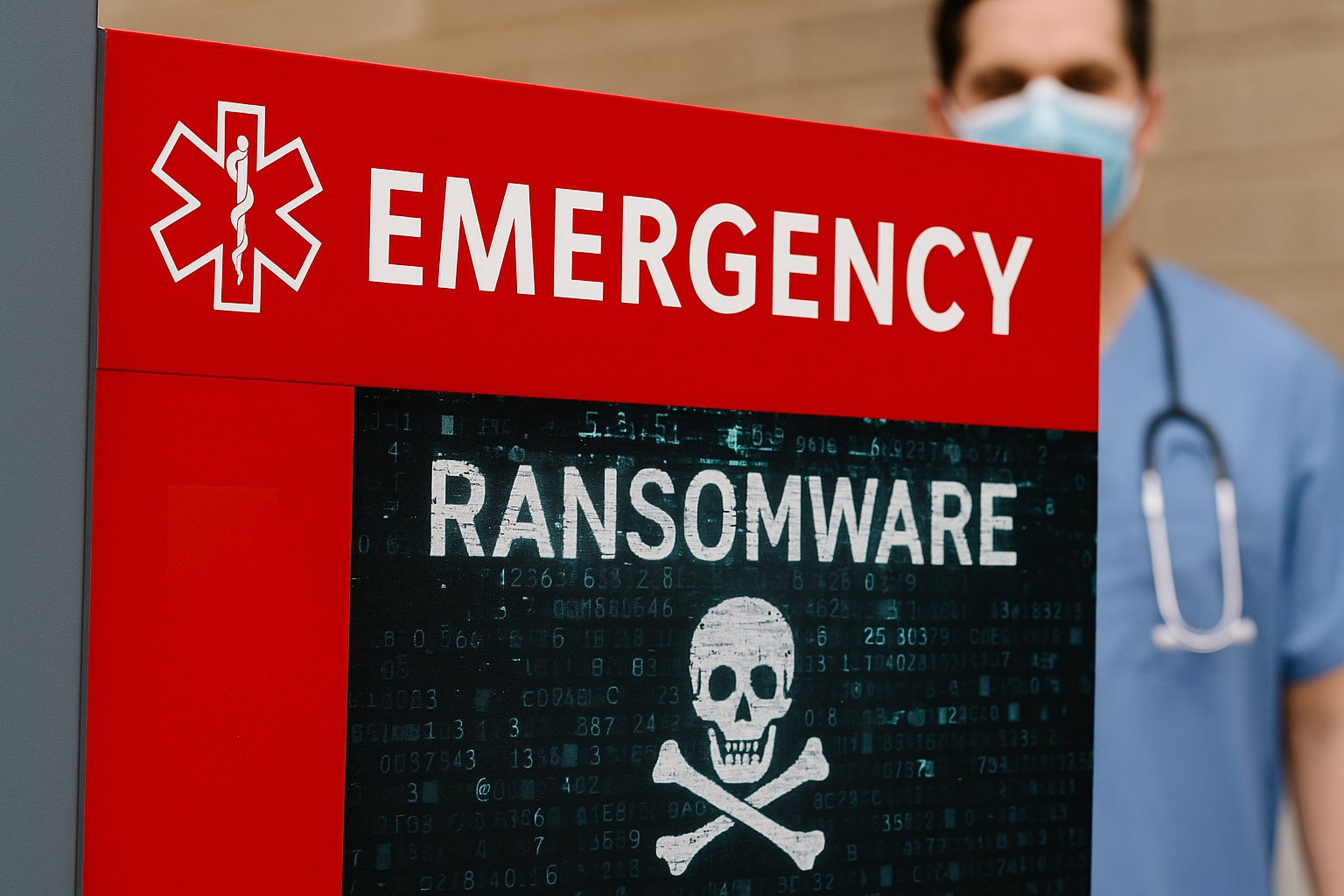Cybercrime, increasingly recognized as a serious threat to human safety, has recently caused devastating consequences in healthcare settings. Ransomware attacks, which used to primarily involve locking files for monetary gain, are now interrupting vital hospital services, endangering lives of patients who require urgent care. These grave incidents, highlighted in recent reports, emphasize the urgent need for better protection measures across the healthcare sector.
In June 2024, the UK’s National Health Service faced a significant cyber breach orchestrated by the Russian-speaking Qilin ransomware group. This malware infiltrated Synnovis, a pathology service provider for major London hospitals including King’s College and Guy’s & St Thomas’. As reported, the attack disrupted essential blood test services, causing delays in emergency treatments, which tragically resulted in the death of a patient who required urgent medical care. Investigators confirmed that the ransomware incident contributed significantly to this loss of life.
Similarly, a ransomware attack in September 2020 targeted Düsseldorf University Hospital in Germany, shutting down multiple servers and forcing doctors to divert a critically ill patient 32 kilometers away for treatment. The delays ended fatally for the woman in need of immediate surgery, prompting local prosecutors to consider homicide charges against the attackers, as reported by Reuters. These incidents underscore how ransomware can extend beyond data breaches, posing direct risks to patient safety.
Healthcare institutions remain attractive targets for cybercriminals largely due to their reliance on outdated operating systems. As highlighted in a report by Kaspersky, 73% of healthcare providers utilize medical equipment reliant on legacy systems that are no longer actively supported. This vulnerability is exacerbated as many hospitals still depend on Windows-based platforms, which are particularly susceptible to ransomware attacks.
Following these incidents, a coalition of 40 nations initiated plans in November 2023 to counter the ransomware epidemic through collaborative measures aimed at disrupting the criminal ecosystem. However, by February 2025, ransomware assaults surged by a staggering 126%, illustrating the criminals’ ability to exploit new vulnerabilities and advancements in technology. As these attacks escalate, the grim reality becomes evident—when hospitals are targeted, it is not merely data that is endangered, but human lives.
Moreover, the criminals behind these attacks, like the Qilin group, are often not exceptionally skilled hackers but opportunistic parasites exploiting flaws within the healthcare system. Governments must take a more proactive stance against such groups, recognizing these acts as severe threats to public health rather than simple crimes.
The ramifications of ransomware incidents extend beyond the immediate losses to hospitals’ operations. They can lead to critical delays in treatments, prevent ambulance services from responding effectively during emergencies, and ultimately threaten the lives of countless patients. With stakes this high, an urgent reassessment of cybersecurity strategies within healthcare is paramount to ensure that hospitals do not need to choose between paying ransoms and preserving lives.

